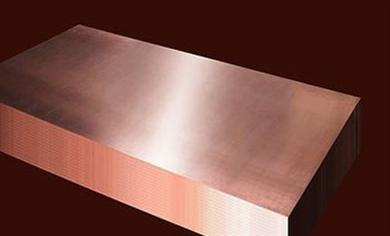**From Flimsy to Fancy: Swap Your Plastic Spout Pipes for Copper in 7 Steps**
(How To Change Plastic Spout Piping To Copper)
Plastic spout piping gets the job done—until it doesn’t. Maybe it’s leaking. Maybe it looks cheap. Maybe you’re just tired of that creaky, brittle vibe. Copper pipes? They’re tough, they last forever, and they give your setup a sleek, professional look. Replacing plastic with copper sounds intimidating, but it’s doable. Let’s break it down.
**Grab Your Tools**
You’ll need copper pipes (measure your old ones first), a pipe cutter, sandpaper, a soldering kit, flux, solder, a wrench, Teflon tape, and safety gear like gloves and goggles. Missing something? Don’t start until you’ve got it all. Halfway through is a bad time to realize you forgot the flux.
**Shut Off the Water**
Find the main water valve. Turn it off. Open the spout to drain leftover water. Check for drips—if water still trickles, double-check that valve. Wet pipes and soldering don’t mix.
**Remove the Plastic Pipes**
Unscrew the plastic spout from the wall. Use the wrench to loosen the connecting nuts. If the plastic is glued, cut through it with a hacksaw. Go slow. Plastic can crack and leave jagged edges. Once it’s out, clean the area. Scrape off old sealant or debris so the new pipes sit flush.
**Prep the Copper Pipes**
Measure twice, cut once. Mark where the copper pipe needs trimming. Use the pipe cutter—spin it around the pipe, tightening slightly each time until it snaps clean. Sand the cut ends until they’re smooth. Rough edges cause leaks.
**Connect the Pipes**
Wrap Teflon tape clockwise around the threads of the new copper pipe. This seals the deal. Apply flux to the ends—it’s like glue for solder. Fit the copper pipe into the existing fittings. Hold the soldering torch to the joint until the flux sizzles, then touch the solder wire to the seam. It should melt and seep into the gap. Let it cool. Repeat for all connections.
**Check for Leaks**
Turn the water back on. Slowly. Watch the joints. See drips? Tighten the nuts a little more. Still leaking? Drain the system, re-sand the pipe ends, and solder again. This part might test your patience, but take your time.
**Test the Spout**
Once everything’s dry and leak-free, reattach the spout. Give it a twist to secure it. Turn the water on full force. Let it run for a minute. Listen for weird noises. Feel around the pipes for moisture. If all’s good, you’ve just turned a wobbly plastic setup into a rock-solid copper system.
Copper isn’t just for show—it resists corrosion, handles heat better, and won’t snap if you bump it. Sure, plastic is easier to install, but copper’s the long game. No more midnight leaks. No more replacing pipes every few years. Just a quiet, steady spout that works like it’s supposed to.
(How To Change Plastic Spout Piping To Copper)
And there you go. No fancy jargon, no complicated steps. Just straightforward upgrades. Next time someone compliments your spout, you can shrug and say, “Oh, that? Did it myself.”
Inquiry us
if you want to want to know more, please feel free to contact us. (nanotrun@yahoo.com)



